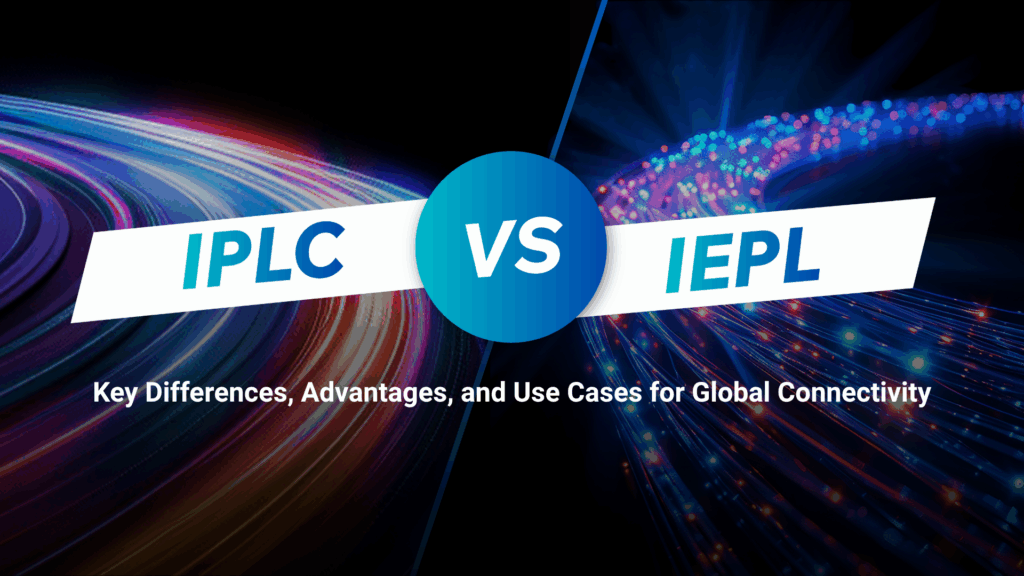
In today’s interconnected world, businesses with international operations require secure and reliable network solutions. Two of the most trusted options are IEPL (International Ethernet Private Line) and IPLC (International Private Leased Circuit). While both provide private, point-to-point international connectivity, they differ in technology, performance, and ideal use cases. This guide breaks down IEPL vs IPLC to help you choose the right solution for your business.
What is IPLC?
An International Private Leased Circuit (IPLC) is a dedicated point-to-point telecom connection between two countries. It is built on legacy TDM/SDH technology, providing fixed bandwidth with consistent performance.
- Features: Stable connection, fixed capacity, and predictable latency.
- Best for: Traditional industries requiring constant, mission-critical data transmission such as banking and financial services.
What is IEPL?
An International Ethernet Private Line (IEPL) is a private, high-capacity connection based on Ethernet technology. Unlike IPLC, IEPL is more flexible and can support multiple applications across Layer 2 networks.
- Features: Low latency, scalable bandwidth, supports modern protocols.
- Best for: Enterprises with cloud connectivity, data centers, or real-time applications such as VoIP and video conferencing.
Key Differences Between IEPL and IPLC
| Feature | IEPL | IPLC |
|---|---|---|
| Technology | Ethernet-based, modern Layer 2 | TDM/SDH, legacy telecom |
| Latency | Very low, optimized for real-time apps | Consistent but not optimized for real-time |
| 可扩展性 | Flexible bandwidth upgrades | Fixed capacity |
| Use Case | Cloud, data centers, modern enterprises | Banking, legacy systems, secure data transfer |
| Cost | Often more cost-efficient for high bandwidth | Higher for same capacity |
Advantages of IEPL
- High scalability to support business growth
- Lower latency, ideal for cloud and digital transformation
- Cost-effective for high-capacity needs
- Supports Ethernet-based applications across regions
Advantages of IPLC
- Reliable and secure for sensitive transactions
- Predictable performance for industries with legacy systems
- Proven technology trusted by financial institutions
Use Cases in Global Connectivity
- IEPL: Enterprises expanding globally, connecting data centers, multi-branch offices, SaaS providers, OTT services.
- IPLC: Banks, stock exchanges, government institutions requiring uncompromised security and stability.
Which One Should You Choose?
- Choose IEPL if your organization is cloud-driven, requires scalability, and prioritizes low latency.
- Choose IPLC if your operations rely on legacy systems, require a fixed bandwidth, or need strict data security.
Conclusion
Both IEPL and IPLC remain vital in supporting international businesses. While IPLC offers stability and security for traditional industries, IEPL provides the flexibility and performance modern enterprises need in today’s digital-first world. Choosing between them depends on your organization’s requirements, budget, and future connectivity strategy.
